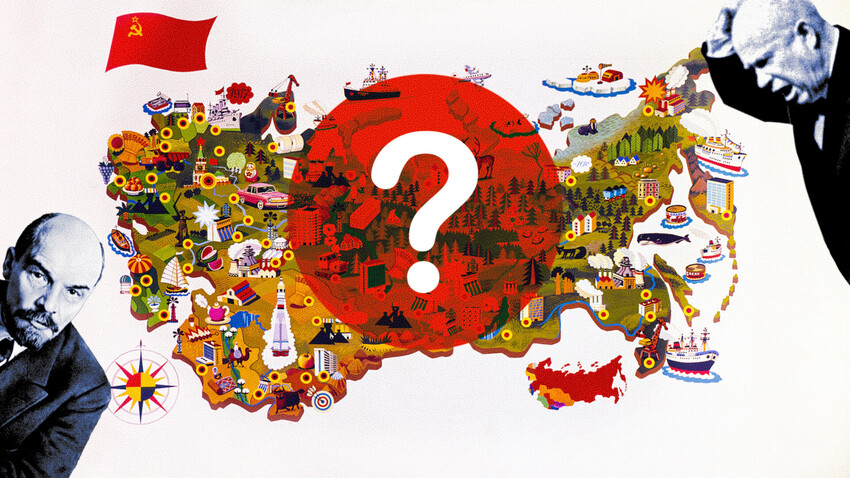
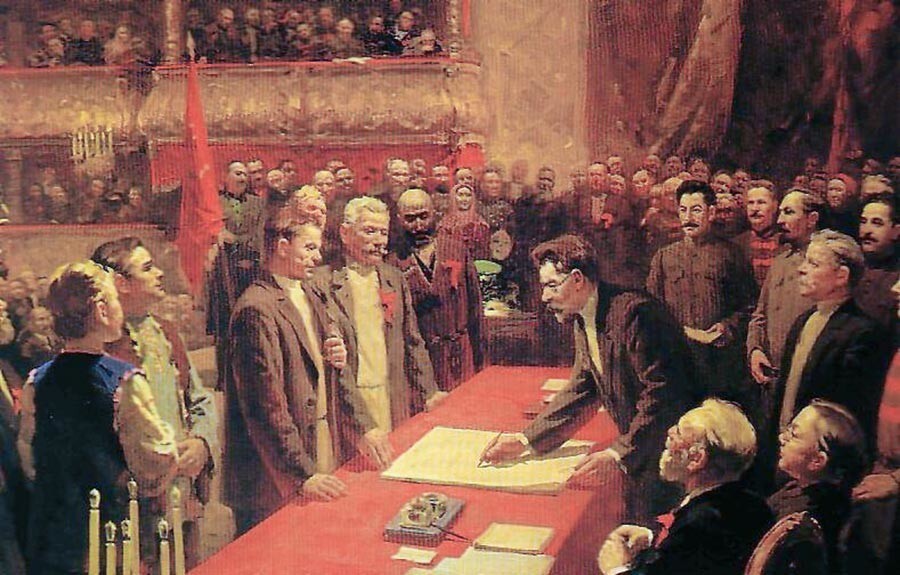
'Signing the Treaty on the Creation of the USSR,' by Stepan Dudnik
Stepan DudnikThe USSR was created to unite the newly formed Soviet Socialist republics around the Leninist idea of igniting a world socialist revolution and eventually forming a global socialist state. Here’s how it happened.
After the revolution of 1917, the Russian Empire fell apart. Soon, after 1918, separate Soviet Socialist Republics were formed in the territories of Central Russia, Ukraine, Byelorussia and the Caucasus. The Russian Soviet Federative Socialist Republic (RSFSR), with its capital in Moscow, was the center around which the new state was formed.
In 1920, treaties of unity were signed between Russia and Ukraine, in 1921, between Russia and Byelorussia, with the Caucasian republics following soon after. According to the treaties, the Russian Federative Socialist Republic gained the right to represent all the other Republics internationally and sign diplomatic documents on their behalf. The RSFSR also hosted seven main ministries – Defense, National Economy, Foreign Trade, Finances, Labor, Railways, Post and Telecommunications.
On December 30, 1922, the Treaty on the Creation of the USSR (signed between Russian SFSR, the Transcaucasian SFSR, the Ukrainian SSR and the Byelorussian SSR) was approved by the First All-Union Congress of Soviets.
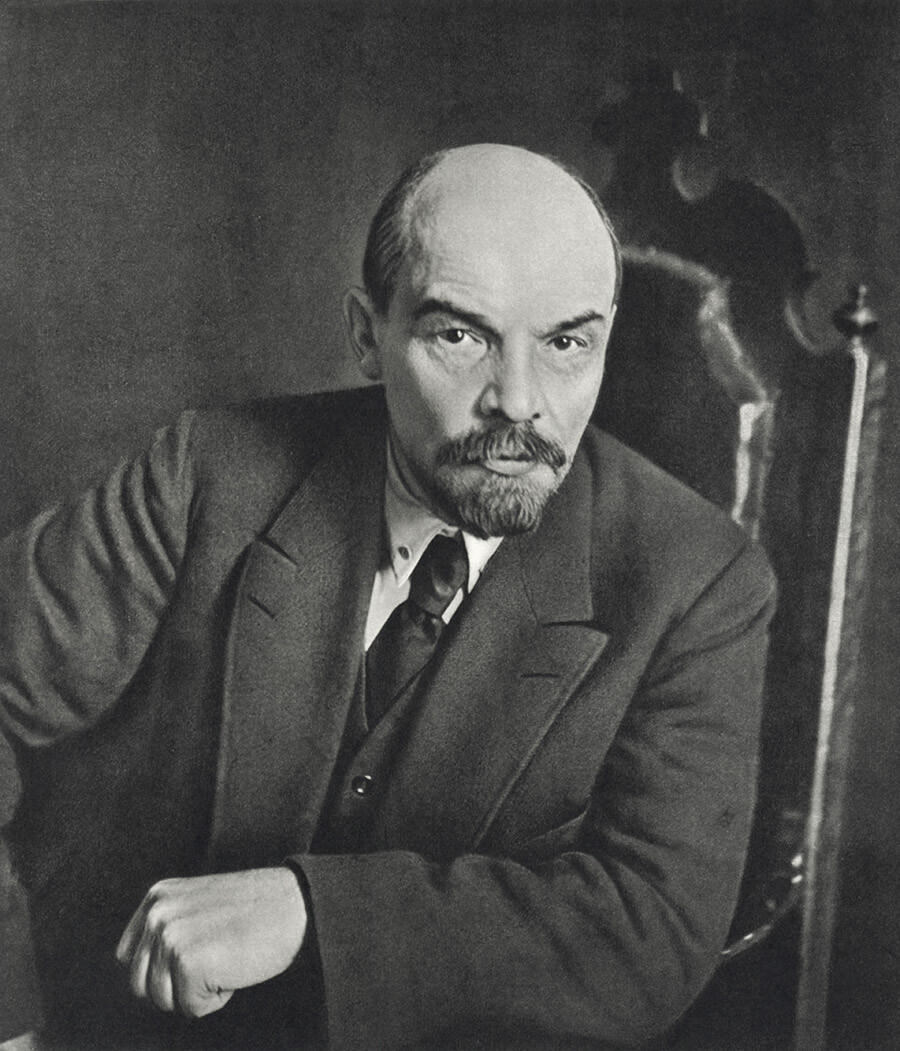
Vladimir Lenin at the congress of the III International. Moscow, March 1919.
Fototeca Gilardi/Getty ImagesNo, because, in 1917, Tsarism in Russia ended with Nicholas II’s abdication of the Russian throne.
After the October 1917 Revolution, Bolsheviks, led by Vladimir Lenin, came to power.
Vladimir Lenin (1870-1924) served as the first head of government of the RSFSR – the Chairman of the Council of People’s Commissars (‘Sovnarkom’). He was also leader of the Communist Party, which eventually came to govern the entire USSR through its highest council, the Politburo. Formally, Lenin wasn’t the sole leader of the state, he was just in charge of the Sovnarkom’s decisionmaking. In reality, Lenin simply made orders and his henchman ministers (“People’s Commissars”) followed them.
Formally, Lenin stayed in power until his death in 1924, however, in the last two years of his life, Joseph Stalin, a member of the Politburo, took over the power as the state’s leading figure.
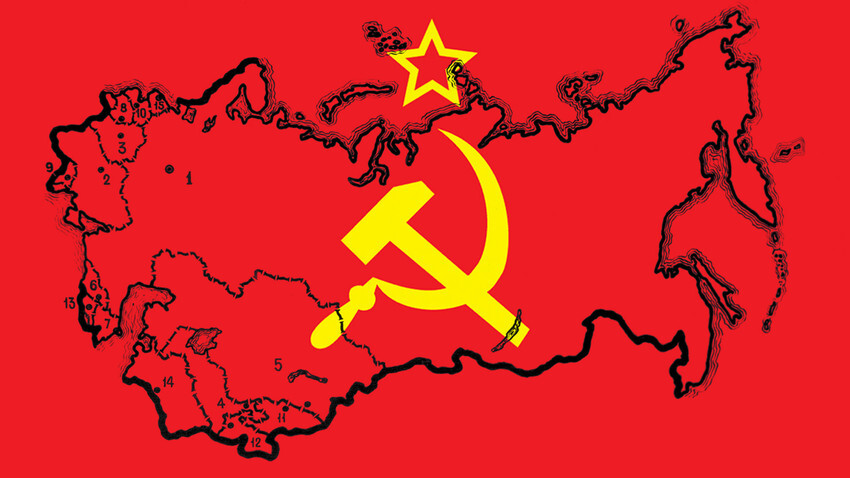
The Union of Soviet Socialist Republics was formally a federative state, a union of partially self-governing Soviet Socialist republics, with each one of them having its own governments and Communist Parties.
In fact, the republican organs of state had little to no autonomy, having fully submerged their independence to the central government of the USSR located in Moscow. The USSR was a one-party state governed by the Communist Party of the USSR.
The number of Soviet Socialist republics in the USSR grew from 4 to 16 in different years. In 1922, the USSR was formed by Russian, Byelorussian, Ukrainian, and Transcaucasian SSRs.
In August 1940, when Moldavian, Latvian, Lithuanian and Estonian SSRs joined the USSR, the total number of republics became 16 and, in 1944, the Tuvan People’s Republic joined the USSR. But, in the USSR, it became the Tuvan Autonomous Oblast, a part of the Russian SFSR.
In 1956, the Karelo-Finnish Soviet Socialist Republic, that existed from 1940, was made part of the Russian SFSR in 1956 as the Karelian Autonomous Soviet Socialist Republic. The number of republics changed to 15 again, and it stayed that way until the dissolution of the USSR in 1991.
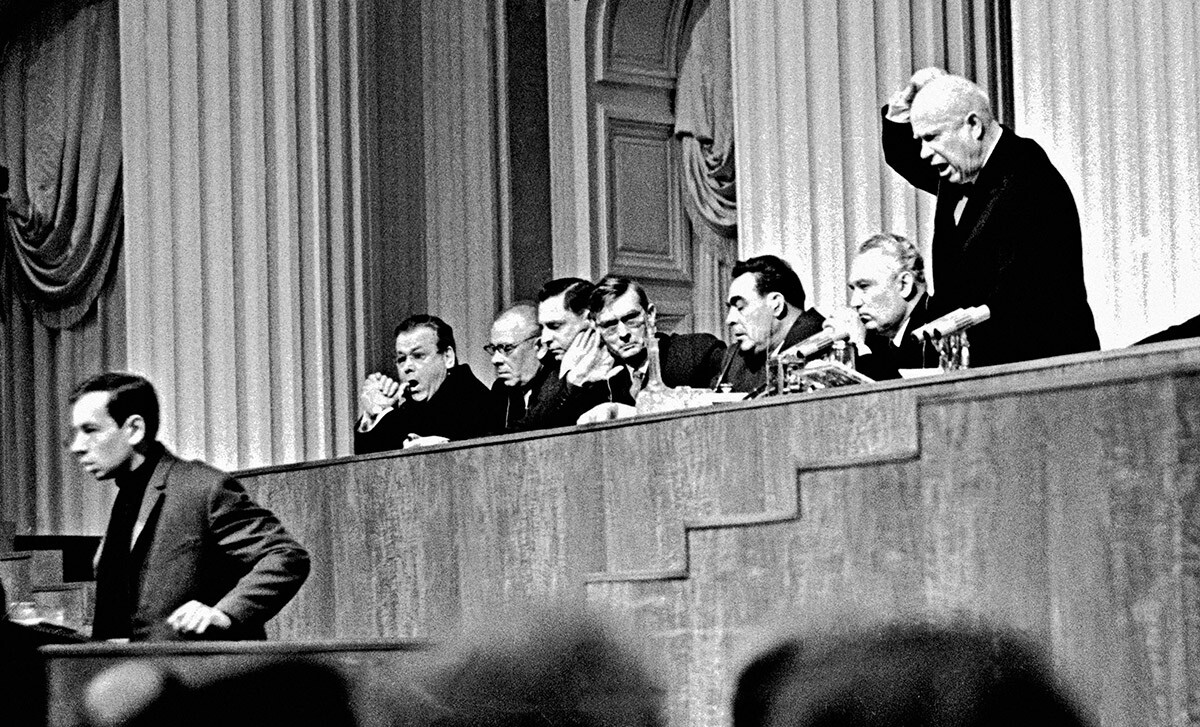
In the USSR, the formal head of state and the real acting leader were, most of the time, two different people.
Formally, since 1922, the head of state was the head of the Presidium of the Central Executive Committee of the Soviet Union (TSIK). Why? That’s because, formally, the USSR was a people’s state and its supreme body was the Congress of Soviets of the Soviet Union – the congress of elected people’s representatives from all over the USSR.
But, the Congress of Soviets couldn’t be assembled permanently, so it had its Central Executive Committee as its governing body during the interim of its sessions. And it was the Central Executive Committee that appointed the government of the USSR.
In 1938, the Congress of Soviets as the governing body was replaced by the Supreme Soviet of the Soviet Union and its presidium took over the functions of the Central Executive Committee. From 1938, the head of the Presidium of the Supreme Soviet of the Soviet Union became the head of the USSR.
And, in 1990-1991, just before its dissolution, the USSR was headed by Mikhail Gorbachev, the first and last President of the USSR.
In reality, the USSR was headed by the ideological leader of the Communist Party of the Soviet Union, which was, since Stalin’s times, named the General Secretary of the Communist Party of the Soviet Union.
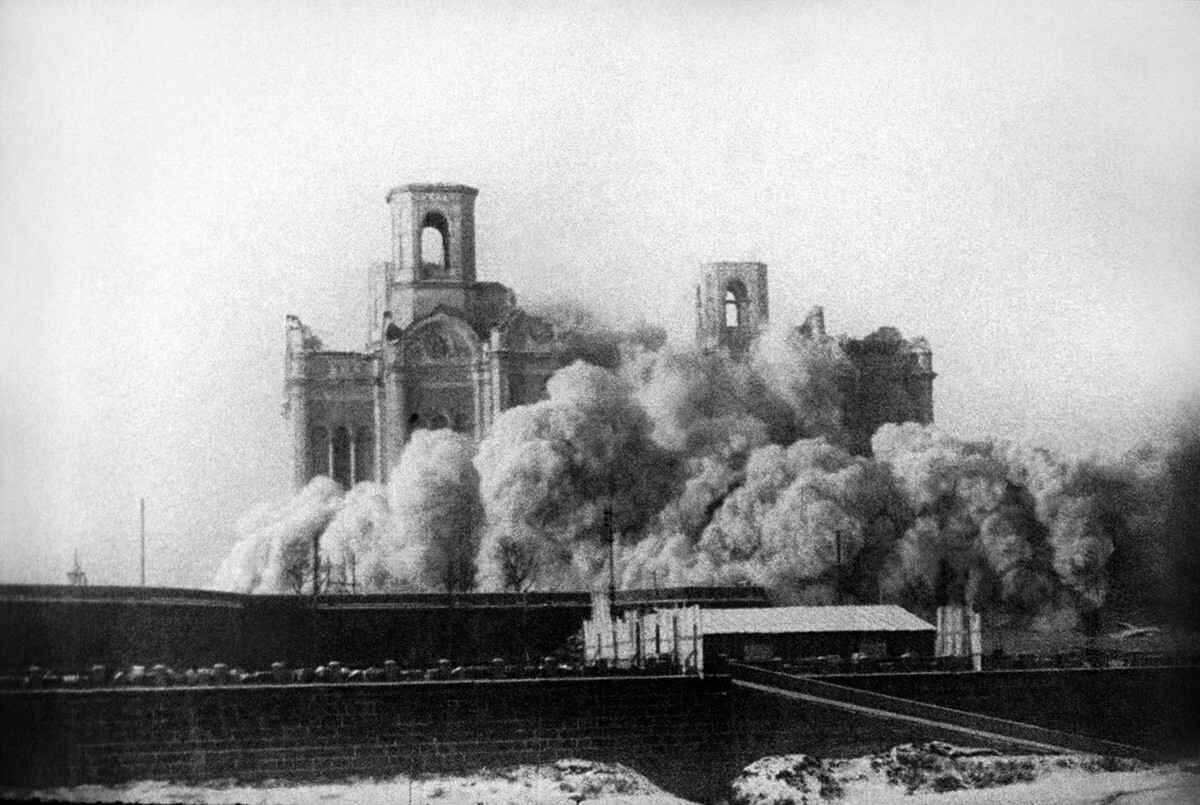
The view shows the destruction of the Cathedral of Christ the Saviour in Volkhonka Street during the city reconstruction. 1931
TASS“We must fight religion,” Vladimir Lenin used to say. Early years of the USSR were marked with constant fight against the religious beliefs that the Bolsheviks deemed obsolete. Mainly, they fought Russian Orthodox religion. However, in Muslim and Buddhist parts of the USSR, religion was also prosecuted.
From 1917, the Orthodox Church was banned from registering births, deaths, marriages and divorces. The Decree on Separation of Church from State and School from Church, adopted by the Council of People’s Commissars of the RSFSR on January 20, 1918, proclaimed freedom of religious beliefs. By the same decree, religious organizations were deprived of any right as legal entities.
However, religion was never formally banned in the USSR. Although the Soviets closed most of the churches, they never banned Christians, Muslims, Jews and other confessions from praying outright. Active religious propagandists were deemed mentally ill and put to mental institutions, but having religious beliefs never became an offense in the USSR.
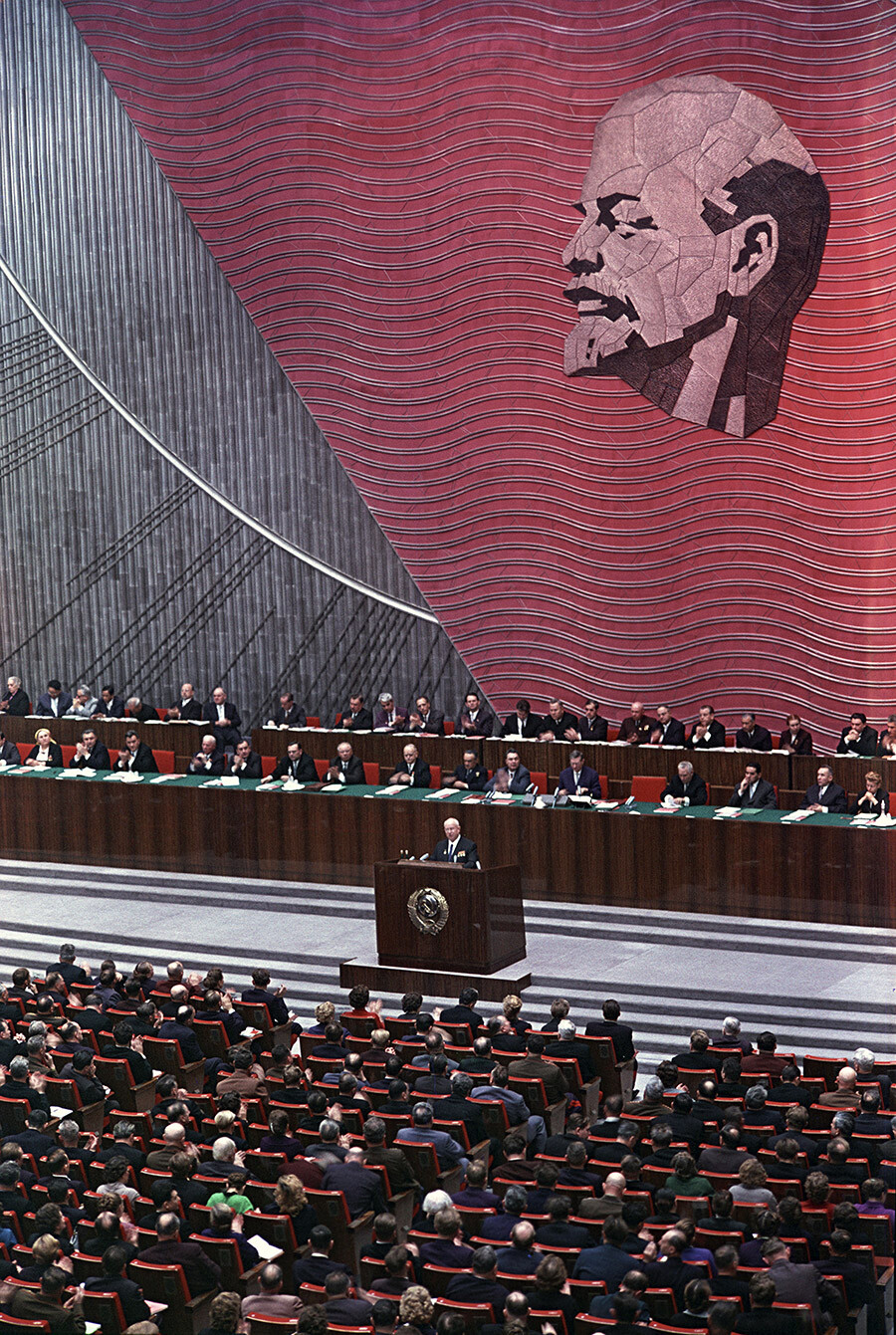
The XXII Congress of the Communist Party of the Soviet Union, 1961. Nikita Khrushchev is at the rostrum.
Mikhail Kuleshov/SputnikFormally, the Communist Party of the USSR was the sole political party in the Soviet Union. It was declared the “directing core” of the country by the Soviet Constitution of 1936. Although, formally, the Party couldn’t be a government, its highest bodies directly influenced the formation of the government.
The party leader was the head of government and held the office of either General Secretary, Premier or head of state or two of the three offices concurrently, but never all three at the same time. The party leader was the de facto chairman of the CPSU Politburo and chief executive of the Soviet Union.
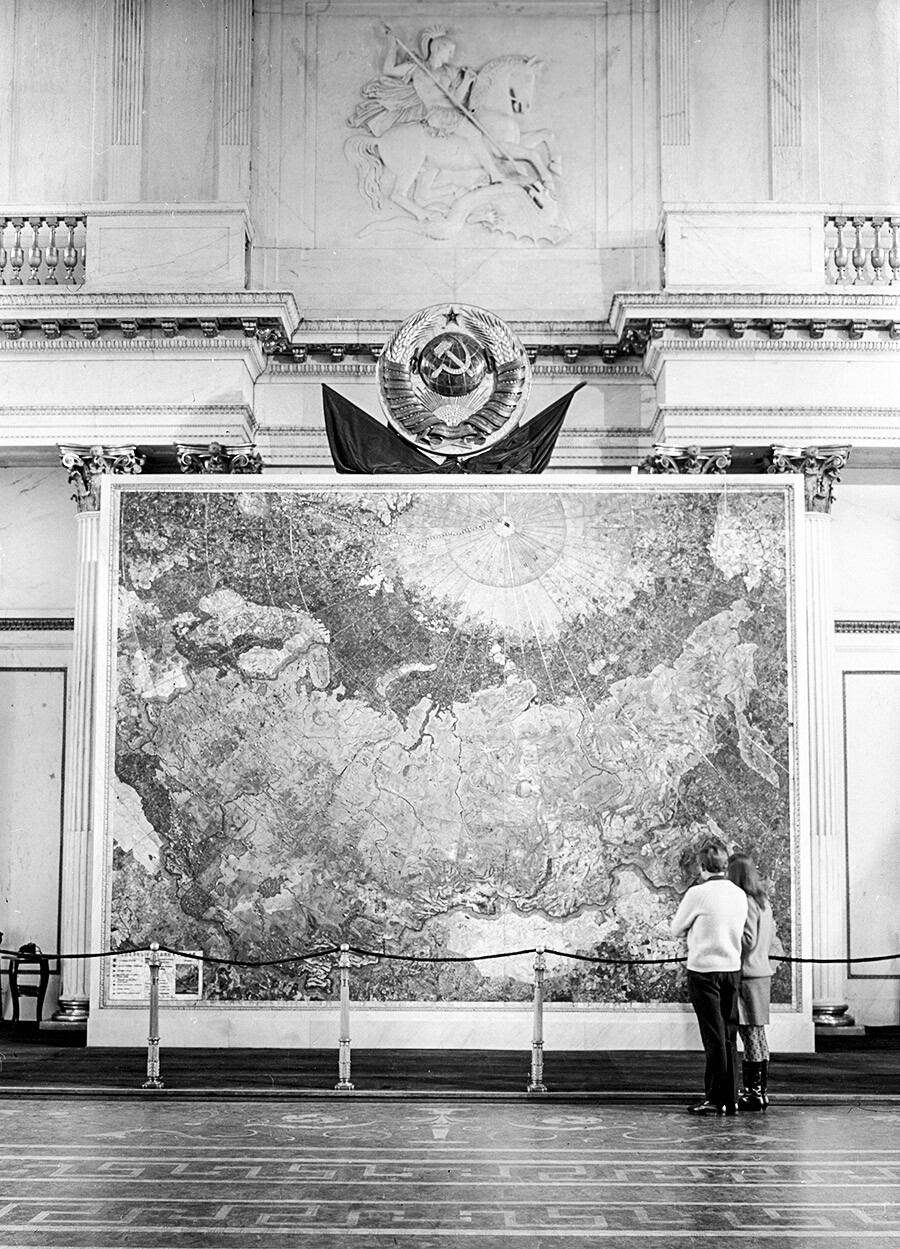
A mosaic map of the USSR made from precious stones, State Hermitage, Saint Petersburg
Mikhail Ozersky/SputnikBefore 1922, there was no USSR. It was formed around four Soviet Socialist republics – Russian, Byelorussian, Ukrainian and Transcaucasian SSRs. The name of Russia between 1917 and 1922 was Russian Soviet Federative Socialist Republic (RSFSR).
Covering over 22,402,200 square kilometers (8,649,500 sq. mi) and spanning eleven time zones, the USSR was, indeed, the biggest country in the world during its existence. The status of the biggest country in the world was inherited from the USSR by its formal successor, the Russian Federation.
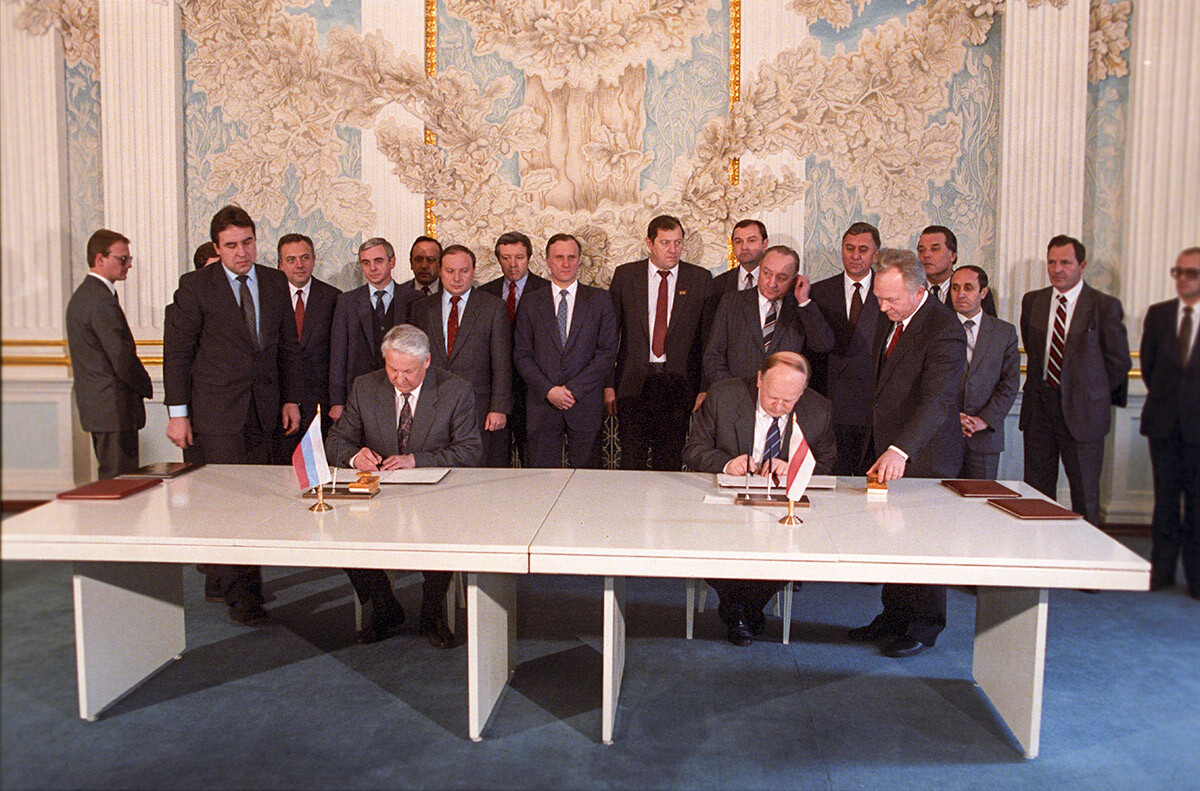
Boris Yeltsin (L) and Stanislav Shushkevich (R) signing the "Agreement Establishing the Commonwealth of Independent States" at the Belovezhskaya Pushcha Natural Reserve in Belarus, December 8 1991
Yuri Ivanov/SputnikMost historians agree that the fall of the USSR happened because of the confluence of the political, economical and social factors. Some scholars claim that the USSR collapsed because its leaders had long stopped believing the ideas they proclaimed.
The immediate reason for the dissolution of the USSR was Gorbachev’s perestroika, a series of government reforms that were aimed to save the failing economy of the state. However, the reforms led to a wide social debate on the nature of the Soviet power and the role of the Party and then ethnic tensions and poverty led to various republics declaring independence from the USSR, which eventually triggered its dissolution in 1991.
If using any of Russia Beyond's content, partly or in full, always provide an active hyperlink to the original material.
Subscribe
to our newsletter!
Get the week's best stories straight to your inbox